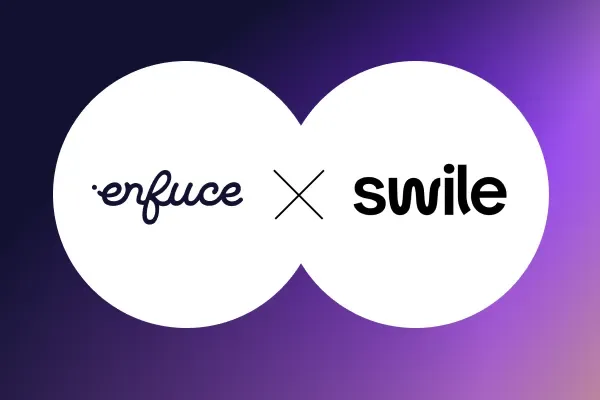ROI Boost: How Modern Payments Revolutionise Employee Benefits

In the digital-driven age, optimising ROI is more than just cutting costs; it’s about delivering value, ensuring relevance, and fostering engagement.
For employee benefits providers, this means implementing innovations that resonate with today’s workforce. Below we look at how a modern payments solution partner can boost growth and streamline costs, achieving greater ROI in the process, and heighten brand perception as an employer of choice.
Maximising employee engagement
The modern employee demands not just a diverse portfolio of benefits, but a tailored experience that resonates with their unique goals and aspirations. Engaged employees are more likely to utilise their benefits, recommend them to peers, and demonstrate increased loyalty to their employers.
Furthermore, the ease of access provided by modern payment solutions significantly boosts benefit utilisation rates. As employees find it more convenient to access their perks, their engagement with the platform invariably rises. Accustomed to seamless transactions in their daily lives, users expect their benefits providers to offer the same level of convenience.
Customisable and flexible employee benefits
Employees seek personalisation in all aspects of their work environment, and benefits are no exception. Along with higher engagement levels, customisation can drive revenue by attracting a broader client base. Different businesses have different work cultures and demographics. By offering a palette of benefits that clients can tailor to their needs, employee benefit companies can cater to a wider spectrum of potential clients, thus expanding their market share and growing their revenue streams.
Adapting to market dynamics
As the landscape of employee benefits shifts, so must our strategies. Being nimble and receptive to market changes not only preserves ROI but also solidifies a company’s standing. Modern payment systems, with their real-time data and adaptability, can be an asset in this scenario, enabling swift responses to market fluctuations, the ability to tap into an ecosystem of benefit options, and meet evolving consumer (employee) demands.
Leveraging data for strategic decisions
Data has always been the bedrock of informed decision-making. In the context of employee benefits, it offers a window into user behaviour, preferences, and patterns.
With advanced payment solutions, this data can be harnessed more effectively, offering insights that can guide refinements in strategy and offerings.
Upselling and cross-selling opportunities
With a comprehensive payment platform in place, employee benefits companies have a unique opportunity to upsell or cross-sell related services. For instance, a standard health benefit might be augmented with wellness programs or mental health provisions. Such value additions not only enhance the primary offering but also present revenue-generating opportunities.
Moreover, having a versatile payment system allows for real-time tracking and insights. By understanding which benefits are most valued, or which ones see more frequent usage, companies can strategically position their additional services, ensuring that upselling feels organic and genuinely beneficial to the end user.
Efficient merchant network expansion
By leveraging modern, open-loop payment platforms, companies can integrate new merchants seamlessly, without the need for extensive onboarding processes or systems overhaul. This not only accelerates the expansion process but also makes it more cost-effective.
Rather than incurring hefty integration costs with every new addition, companies can ensure a smooth, scalable expansion. By diversifying their portfolio, businesses can cater to emerging needs and create fresh revenue channels.
Universal acceptance and scalability
One of the inherent strengths of a comprehensive payment platform is universal acceptance. For users, open-loop payments give them the freedom to avail benefits across a wider range of providers. For companies, it fosters growth and scalability. As the network of accepted merchants and providers expands, the opportunity for revenue growth multiplies.
Sophisticated spend controls
Hand-in-hand with universal acceptance comes the ability to control and limit card use. Granular control over when and where cards are used can be easily customised and applied with a global, regional or even card-level focus. This ensures that the benefits of the open-loop network can be limited to approved vendors only, and the various requirements of local law and regulations are baked in.
Automation and standardisation
Automation has become a cornerstone of operational efficiency across industries, and the realm of employee benefits is no different. By automating routine tasks, companies can significantly reduce administrative overheads. Tasks like claim processing, benefit disbursement, and even customer communication can be streamlined with the right tools.
Moreover, standardisation creates consistent processes that can be replicated across the board, streamlining the onboarding of customers, merchants and cardholders. This consistency not only reduces errors but also brings down operational costs, ensuring that resources are optimally utilised.
Offloading compliance and regulatory burdens
Keeping up with compliance can be both time-consuming and expensive. By offloading this responsibility to a payments partner, employee benefits companies can ensure that they remain compliant without the associated costs. More importantly, it lets them focus on their core offerings, ensuring excellence in service delivery without being bogged down by regulatory complexities.



